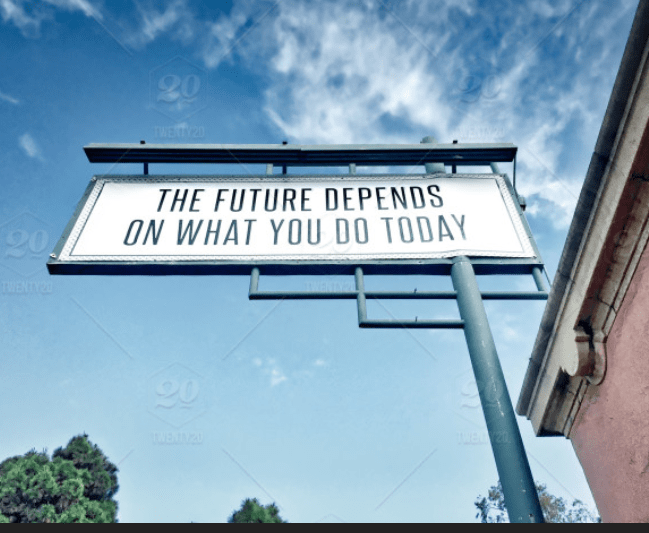To Infuse Diversity and Inclusion, Everyone Needs to Understand the WHY
“Knowing is not enough; we must apply. Willing is not enough; we must do.”
– Goethe
You recognize the value of embracing diversity.
And you feel good about that realization.
But it’s not enough. Everyone at your organization must commit to infusing equity and inclusion at every level.
You MUST do something, to take action and implement effective solutions for inclusion and social justice in your organization.
Knowledge + Action = Meaningful, Sustainable, Systemic Change
It isn’t enough to know the benefits of diversity and an inclusive culture. You must infuse inclusion into your organization’s policies, practices, training and procedures. Embracing diversity in the workplace inspires, motivates and creates a welcoming atmosphere where everyone is encouraged to thrive.
Are you excited about the possibilities? I know you are!
On Thursday, May 3rd, join me in a free 75-minute webinar, Creating Inclusive Organizations Pt. 2, where I’ll show you the tools you need to lead effective change at your organization. Register here free, and read on for relevant tips you can use today to achieve your inclusion and diversity goals.
Recognize Your Organization’s Commitment to Inclusion

Well-intended diversity initiatives often fall short of desired outcomes. Many are successful at bringing about awareness of diversity and inclusion practices, but that’s where it ends.
This is something I’ve talked about many times before – and that’s because this is such a common issue, experienced in organizations of every size. So, let’s get right into what your organization can do to start creating a more inclusive, socially just environment where everyone feels valued.
The first foundational layer in creating a more inclusive culture is to recognize the organization’s commitment to inclusion. This is a key step, since KNOWING your purpose is powerful. Why? Because then you’re not scattered in planning your goals.
When It Comes to Diversity, Everyone Needs to Know the WHY
It is important to ground educational sessions within the mission, vision, and values of the organization to help participants understand why they are being asked/required to care about issues of diversity and inclusion.
It’s true that most organizations have statements that express their commitment to create an inclusive environment where all members feel respected, valued, and supported to contribute to their full potential. In addition, many organizations also have statements about the quality of service they expect their members to provide to their “customers,” whether they are students, community members, clients, etc.
But, what does this mean for employees? It’s critical that the “why” component has meaning for them. Help them to understand the key benefits of an inclusive culture to the organization, to their team, to their “customers,” as well as to themselves in their career.
Your Takeaway Diversity and Inclusion Tip for Today
During educational training sessions, it is crucial that all participants can “see themselves” in the stories and case studies that your organization uses.
Watch for this common trap: Very often, I see organizations using images of members of marginalized/outsider groups in leadership and positive roles while having the unproductive roles depicted as members of insider/dominant group.
Ask: Could your organization currently be doing this? If so, the end results of the training session are not likely to be as effective as they might have been.
Implement a more productive solution: Balancing the images you’re using across privileged/marginalized groups is critical in graphics, activities, text, videos, etc.

For instance, if you have 8 scenarios or stories during a session, make sure that several depict positive images of members of dominant groups as allies and members of marginalized groups as effective leaders, as well as a couple situations that have members of both groups in roles where they are the learner or in need of some coaching and support.
Need more tips, tools, and strategies that your organization can implement right away to build a more inclusive culture? Bring your colleagues and join me for my next FREE 75-min webinar happening May 3rd, Creating Inclusive Organizations Pt. 2.



